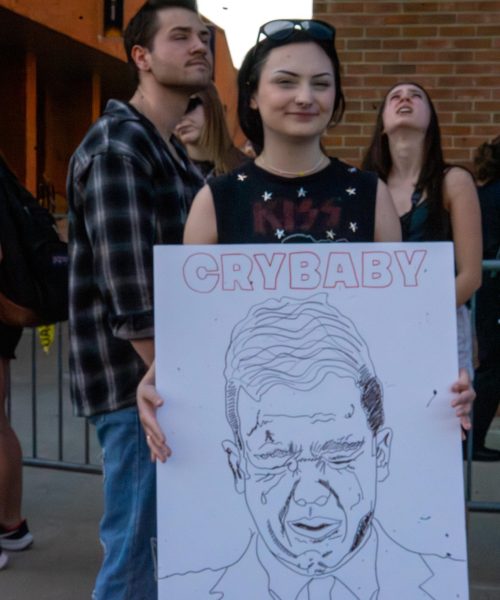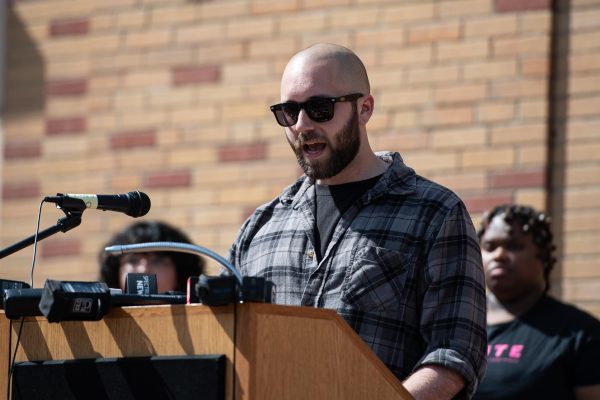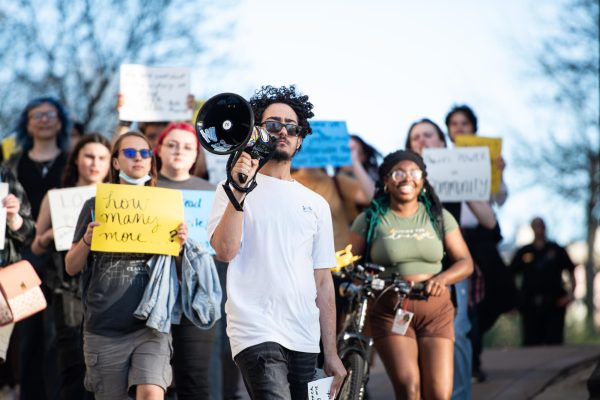Tuscarawas campus expands Veterinary Technology program
February 25, 2013
Kent State Tuscarawas doubled its enrollment into the Veterinary Technology program during Fall 2012.
In previous years, Tuscarawas accepted only 24 students into its Veterinary Technology program at the start of each fall semester. But in Fall 2012, the program increased enrollment to allow 48 students in per year.
“It was evident to the university that they needed to increase the amount of students accepted into the program by the extensive wait list,” said Maria Burkholder, Veterinary Technology lecturer at Kent State Tuscarawas.
“This year, my class consists of about 40 students,” she said.
Kent State Tuscarawas began the associate of applied science in Veterinary Technology in 2006. The American Veterinary Medical Association and the Committee on Veterinary Technician Education and Activities accredited the program. The Veterinary Technology program is one of seven accredited programs in Ohio, and is the only program offered at Kent State’s eight-campus system.
Ronald Southerland, program director of Veterinary Technology, said in order for the university to accept a student into the program, the student must have at least a 2.5 GPA. Students must also meet with the program director or attend a VTEC information session. Kent State recommends every student complete an optional 40 hours of field experience before applying for the program. The application deadline for Fall 2013 is April 1.
“The students in this program start out by practicing with animal models and simulators,” Southerland said. “The students then progress to live animals provided by the local Humane Society and dog pound.”
Southerland said students are fortunate enough to learn in state-of-the-art Veterinary Technology and science laboratories. The facilities provide the students with all the tools they need to work with the animals.
“The students at Kent Tuscarawas have worked with many types of exotic birds, as well as hamsters, gerbils, reptiles and rats,” Burkholder said. “All of the exotic animals have been studied at labs off campus.”
In this program, Southerland said Veterinary Technology students learn a diverse array of duties such as laboratory testing, taking X-rays, ultrasonography, CT scanning, MRI imaging, surgical assisting and patient care and treatments.
“The majority of students find employment in private practices upon graduation,” Burkholder said. “However, some students may choose to work in the animal nutrition industry, the zoo, or in the research field.”
Southerland said on average, the program takes two to three years to complete. The students spend 240 hours at placements during their last semester and approximately 90 percent of the students gain employment upon graduation from the program.
“This program allows students to gain a wide array of experience with large, small and exotic animals,” Burkholder said. “We tend to work with smaller animals on campus, but students are able to work with a mixture on field trips and placements.”
The program will also be expanding to the Kent State Trumbull campus in Fall 2013. More information will be announced throughout this semester regarding the program’s expansion to Trumbull.
Contact Cassandra Beard at [email protected] .























